Description
Discover Navigator
NANO S 2
Software IDC6
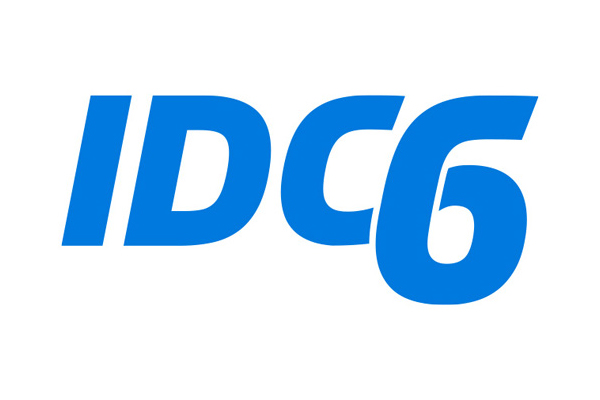
IDC6 is the peak of innovation and integration in the field of automotive diagnostics, as it can interact and continuously adapt to the new features in the industry. It creates the perfect synergy between TEXA’s display units and vehicle interfaces, taking repair professionals always to the core of multi-brand and multi-environment diagnostics.
Its advanced architecture and an ever more intuitive diagnostic interface provide an incredible diagnostic experience: users can quickly and accurately access the diagnostic information they need to solve any kind of problem in the vehicle. Furthermore, IDC6 updates itself constantly. This allows being always at the forefront of modern vehicle diagnostics. From now on it will be even easier to work efficiently and safely, reducing downtimes of the vehicle and increasing customer satisfaction.
The system was designed to face the challenges of the future of diagnosis. In fact, with the evolution of the technologies that feature the latest generation mobility industry, the need for authentication in order to perform protected operations or settings provided for by the manufacturers becomes more and more common.
IDC6 is an intelligent application as it has an evolutionary capability to satisfy user needs over time, by learning from their behaviours and recommending the use of certain functions that are used less. Furthermore, it creates shortcuts for the most frequent operations, thus improving efficiency and user experience.
Technical Specifications
| Processor | CORTEX M7 STM32H735AGI6 up to 550 MHz, 1MB FLASH, 564KB RAM |
| eMMC | 8 GByte on an 8-bit bus |
| Internal battery: | Lithium polymer, single cell 3.7 V 130 mA/h LP401429-PCM-LD |
| Nominal power supply voltage | OBD: 12 V direct voltage |
| Operating frequency band | 2402 … 2480 MHz |
| Wired connection | • Virtual COM Via USB Full Speed • USB C: 5 V * |
| Diagnostic connector | OBD |
| Power supply connector | OBD |
| Consumption | 12 V direct voltage , 250 mA |
| Storing temperature | -20 °C … 60 °C |
| Operating moisture | 10% … 80% without condensation |
| Environmental conditions | • Use: internal and external • Altitude: < 2000 m • Supply voltage fluctuations: ±10% • Overvoltage category: II • Pollution degree: 2 • Maximum relative humidity 80% for temperatures up to 31 °C, linearly decreasing to 50% at 40 °C |
| Regulations | Radio Equipment Regulation 2017 No. 1206 RoHS Regulation 2012 No. 3032 |
| Radio systems | ETSI EN 300 328 |
| SRAM | 16 MBits organized in 1024K x 16 bits |
| External Flash memory | 16 Mbit flash NOR organized as 1M x 16bit |
| Vehicle Battery | 12 Vdc system management |
| Wireless communication | Bluetooth 5.0 class1 |
| Maximum radio frequency power transmitted | 10 dBm |
| Electronic switch | 2-way, 13 independent positions |
| Supported protocols | • Blink codes • K, L (with 60 mA current protection) ISO9141-2, ISO14230 • CAN_FD 11898-2:2016 3 channels • CAN ISO 11898-3 • CAN SAE J2411 Single Wire • SAE J1850 PWM e VPW • Ethernet DoIP ISO13400-3 |
| User interface | • LED RGB x4 • Buzzer |
| Operating temperature | 0 °C … 40 °C |
| Battery charging temperature | 0 °C … 45 °C |
| Weight | 72 g |
| Directives | RED 2014/53/EU RoHS 2011/65/EU and delegated Directive 2015/863/EU |
| Electromagnetic compatibility | ETSI EN 301 489-1 ETSI EN 301 489-17 |
| Electrical safety | EN 62368-1 EN 62368-3 EN 62311 |

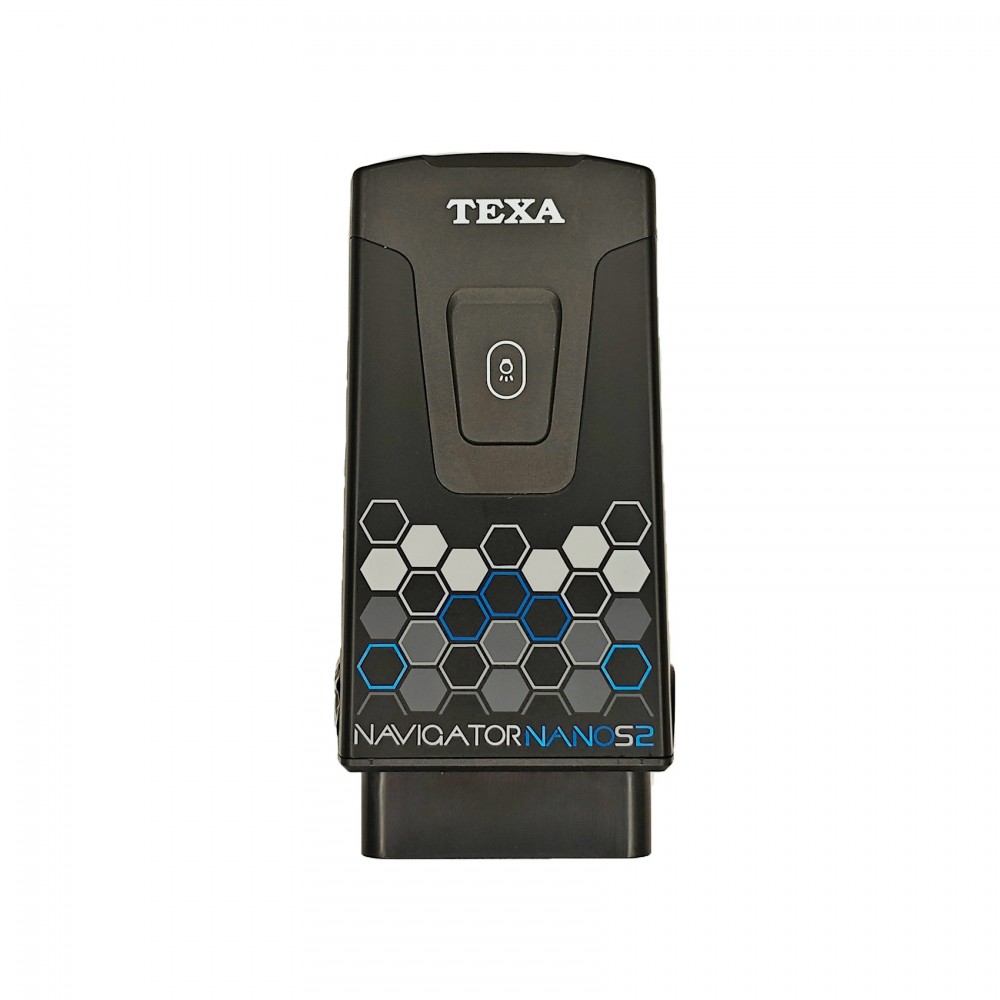

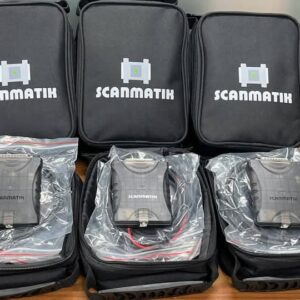
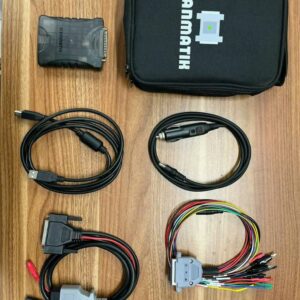
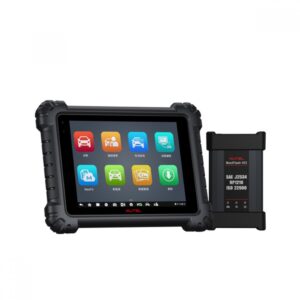
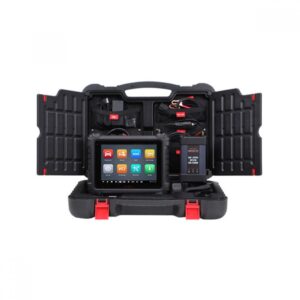
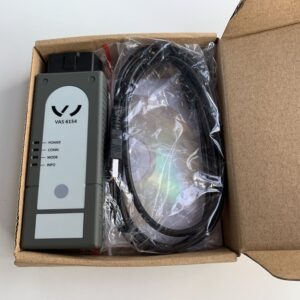
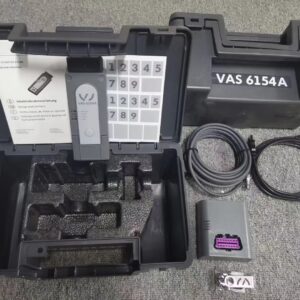
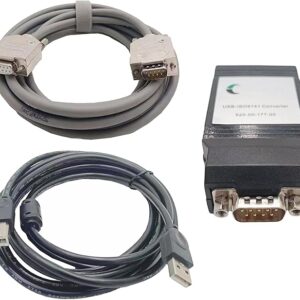


Reviews
There are no reviews yet.